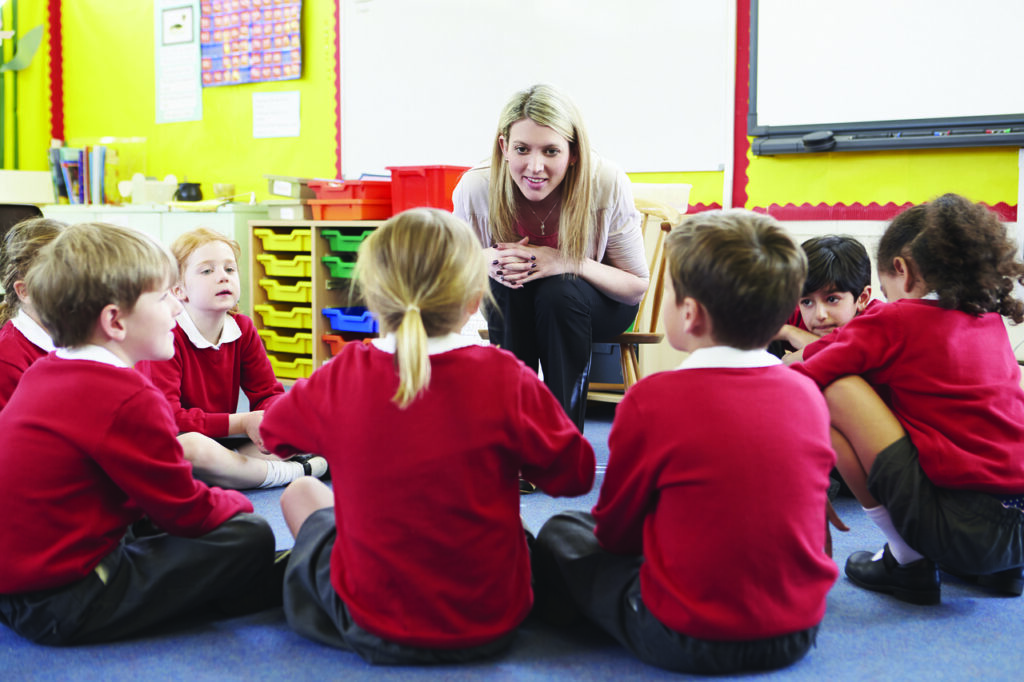At this age, five and six-year-olds will be building up a wide range of reading skills.
Although they still love to be read aloud to, they are starting to build up the confidence to read alone, or read while you listen to them.
You can encourage their passion for reading by creating a fun picture book that they will love to reread time and time again.
Here are six of our top tips for creating a fantastic picture book for kindergarten and first-grade readers.
1. Create a picture book that has meaning to them
By writing about topics that interest your five-year-old or six-year-old, they are more likely to become engrossed in the story. Whether it’s spooky monsters, enchanting fairies or even talking hot dogs, use this to craft the perfect tale.
Not sure what to write about? Ask your young reader what their favourite stories in the world are, or have a read through some of their favourite picture books for inspiration.
2. Use lots of descriptive pictures
While you may use fewer images and more words than you would with say, a pre-schooler, this age group still likes to rely on visual cues and pictures. Images will help your young reader relate to the words in the story and encourage independent reading.
With BookBildr, you will find lots of brilliant illustrations to help tell your story and enchant your young reader. Just drag and drop your pictures of choice onto the pages, and you’re ready to go!
3. Keep it simple
While your young reader will be starting to understand more complicated concepts like capitalisation and punctuation, remember that they are still learning. This means you should keep your story as simple and easy to understand as possible.
Keep your sentences short (under six words) and avoid complicated words and multiple syllables. To put things into context, the average five-year-old knows about 2,500 words, while an adult understands about 20,000!
To help you while you are writing your story, read the sentences aloud. This will help you see how the words flow and if they will be easy enough for your target audience to comprehend.
Easy to understand words will encourage your child to start reading aloud. When you are reading your book with them, you can spell the words together to boost their confidence.
4. Focus on repetition
Kindergarten and first-grade kids love to read stories that they have already read. The familiarity gives them comfort and assurance. You can help boost their confidence by repeating key words and phrases in your picture book. This is especially true for sight words and spelling words that are easy to read with phonics.
You can enhance the experience even further by asking some questions about what they read in the book. For example, what colour is the lady’s hat? Why is the dog sad? Where is the family going on holiday? This will help grow their comprehension and critical thinking skills.
5. Focus on rhyme
Similar to repetition, kids at this age love a good rhyme! Rhyming words can help your young reader get to grips with the flow of words, as well as make it easier for them to read aloud.
Try and get some rhyming words in your picture book where you can. As you can see, we’re fans!
6. Make it funny
Children of this age are starting to discover humour, as well as telling jokes and riddles. Use this to your advantage and include some funny images and words in your book.
Think of books with funny character names, like Biff and Kipper, or Jennifer Yellowhat and Billy Bluehat. Unusual character names and place names will help endear your book to your young reader.
Let BookBildr help you create the perfect picture book
BookBildr makes creating picture books quick and simple.
With BookBildr, you can add pages and text and add photos and drawings from our gallery. You can then download your book or have it professionally printed and posted out to you.
Your aspiring reader will have a brilliant picture book that is unique to them and will love to read. Get started for free today and see how simple creating a book for kindergartners and first-graders can be!

